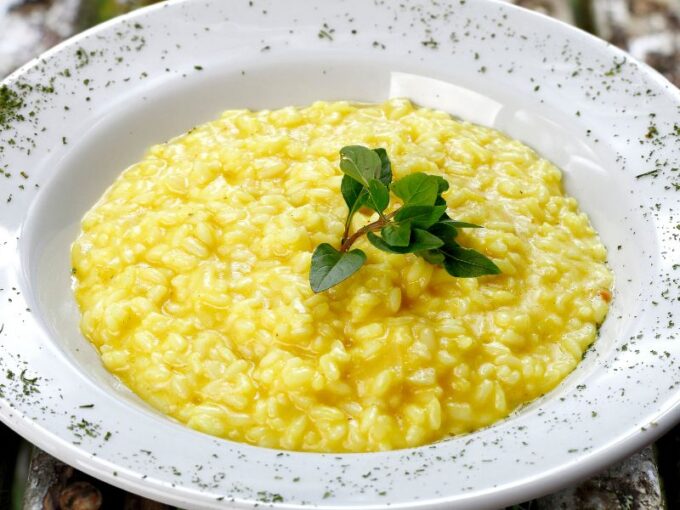 Risotto, a classic Italian dish, is celebrated for its creamy texture, rich flavor, and versatile nature. This beloved rice dish has the power to elevate any meal with its comforting and luxurious appeal. We’ll delve into the art of preparing the perfect risotto, explore delicious pairings, and provide tips to help you master this culinary masterpiece.
Risotto, a classic Italian dish, is celebrated for its creamy texture, rich flavor, and versatile nature. This beloved rice dish has the power to elevate any meal with its comforting and luxurious appeal. We’ll delve into the art of preparing the perfect risotto, explore delicious pairings, and provide tips to help you master this culinary masterpiece.
The Basics of Risotto Preparation
Choosing the Right Rice: The key to a successful risotto lies in selecting the right type of rice. Arborio rice is the most commonly used variety due to its high starch content, which is released during cooking, creating the desired creamy consistency.
Sautéing the Aromatics: Begin by sautéing finely chopped onions or shallots in butter or olive oil. This step imparts a flavorful base to the risotto. Garlic and other aromatic herbs can be added to enhance the taste.
Toasting the Rice: Toast the rice in the pan for a couple of minutes until the edges become translucent. This helps the rice absorb the flavors of the aromatics and creates a nutty undertone in the final dish.
Deglazing with Wine: Add a splash of dry white wine to deglaze the pan, lifting any flavorful bits stuck to the bottom. The wine imparts a subtle acidity that balances the richness of the dish.
Gradual Addition of Broth: The hallmark of a good risotto is the gradual addition of warm broth. Add it one ladle at a time, allowing the rice to absorb the liquid before adding more. Stir continuously to encourage the release of starch, resulting in that velvety texture.
Finishing Touches: Once the rice is al dente and the texture is creamy, finish the risotto by stirring in butter and grated Parmesan cheese. Season with salt and pepper to taste.
Delightful Pairings with Risotto
Seafood: Pair a creamy risotto with succulent seafood like shrimp, scallops, or mussels. The brininess of the seafood complements the richness of the risotto, creating a harmonious balance.
Mushrooms: Earthy mushrooms, whether wild or cultivated, add depth and umami to a risotto. Sauteed mushrooms or a mix of varieties can be stirred into the rice for a satisfying and flavorful combination.
Asparagus or Peas: Light and vibrant vegetables like asparagus or peas bring a refreshing element to the dish. Their bright colors and flavors contrast beautifully with the creamy risotto.
Truffle Oil or Mushrooms: Elevate your risotto with the luxurious aroma of truffle oil or the earthiness of truffle-infused mushrooms. These additions lend a gourmet touch to the dish.
Grilled Chicken or Sausage: For a heartier meal, serve risotto alongside grilled chicken or sausage. The savory protein complements the creamy rice, creating a satisfying and well-rounded dish.
Mastering the art of risotto opens the door to a world of culinary possibilities. From the initial sauté to the gradual addition of broth, each step contributes to the creation of a velvety, flavorful masterpiece. Experiment with different pairings and ingredients to make risotto your own, and relish the joy of crafting a dish that brings comfort and sophistication to your table.

 Did you know famous Italian-American chef Lidia Bastianich uses diced celery in her pasta sauce? How about the fact that real Italians do not use butter on their fresh Italian bread?
Did you know famous Italian-American chef Lidia Bastianich uses diced celery in her pasta sauce? How about the fact that real Italians do not use butter on their fresh Italian bread?
